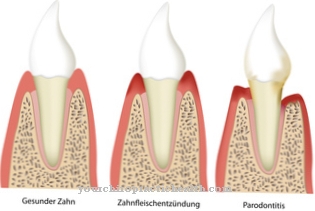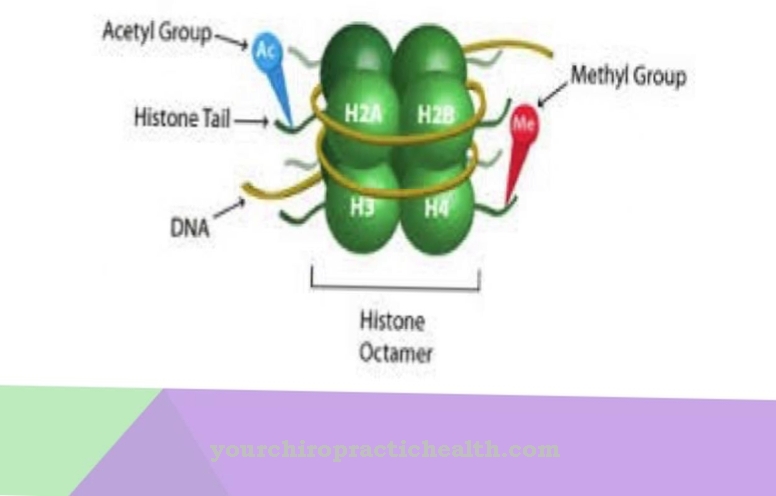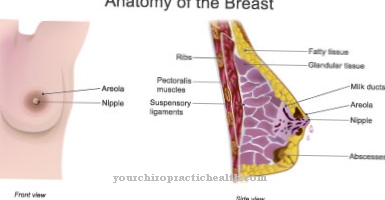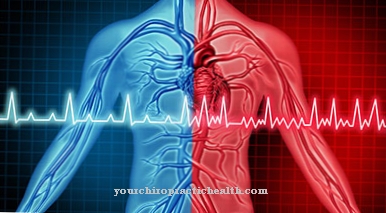The teeth of the lower jaw usually meet those of the upper jaw in the so-called occlusal plane. Deviations from this contact level are reported as Nonocclusions and are misalignments of the dentition. The possible causes are dental anomalies, anomalies of the facial skeleton, but also dental trauma.
What is Nonocclusion?

In dentistry, occlusion is any tooth contact between the lower and upper jaw. The dentist understands non-occlusion as the lack of contact between the lower teeth and the upper teeth.
When closed, healthy teeth have natural contact points, which are also referred to as the physiological occlusal plane or chewing plane. This plane is sagittal and transversely curved and describes the ideal positional relationship between the row of teeth in the lower jaw and the row of teeth in the upper jaw.
For a long time, the term occlusion was used exclusively to describe the final bite position. The non-occlusion was thus to be understood as a lack of contact in the final bite position. These definitions are now out of date. Today, all malocclusion or deviations from the occlusal plane are included under nonocclusion.
Sometimes different types of occlusion are distinguished. In this context, static occlusion or non-occlusion describes, for example, tooth contacts or missing tooth contacts without lower jaw movement. Other forms of occlusion and non-occlusion are dynamic, centric, habitual and traumatizing.
Function & task
In the case of nonocclusion, there are insufficient contact points between the rows of teeth in the upper and lower jaw. This phenomenon is also known as a jaw anomaly and can be caused by the incorrect position of individual teeth, dental trauma or misdirected dental treatment.
All bite misalignments fall under the term non-occlusion. The most important misalignments of the jaw include the cross bite, the open bite and the forced bite.
Physiological occlusion has many functions for humans. When chewing, for example, ideal stress is placed on the individual teeth and the jaw joint. If, on the other hand, there is a non-occlusion, incorrect loading of the jaw occurs. As a result, permanent damage to the temporomandibular joint can occur. The masticatory muscles can also be permanently damaged due to nonocclusion.
Occasionally, additional symptoms such as headaches appear as part of the deformity. Bite misalignments are therefore usually treated with oral surgery so that natural occlusion is possible again.
Bite misalignments with a lack of occlusion are either inherited or acquired. For example, non-occlusive tooth positions can be formed by grinding or other habits.
Instead of the entire jaw, individual teeth are usually affected by the lack of contact. This is the case, for example, if a tooth in the upper jaw is too far in or a tooth in the lower jaw is too far out. In individual teeth, non-occlusions can be caused, for example, by stubborn milk teeth, which block a molar and finally are pushed sideways by the permanent teeth.
Nonocclusions differ in their severity and treatability. The occlusal plane is used by the dentist and the oral surgeon to objectify bite misalignments. As a rule, a person's jaw never shows one hundred percent matches with the idealized occlusal plane. Accordingly, non-occlusion is normal to a certain extent. Due to the current possibilities, dentists usually recommend therapeutic measures for all non-occlusions.
You can find your medication here
➔ Medication for toothacheIllnesses & ailments
The cusps on the posterior teeth of the lower jaw facing the cheek are ideally positioned in the middle between the cusps of the posterior teeth in the upper jaw. The incisal edges of the lower front teeth thus meet with the surfaces of the upper front teeth that are facing the palate. In this way, the lower jaw fits like a foot into the slipper that the upper jaw forms. If it doesn't, then there is an abnormality in the jaw, also known as a crossbite. Progeny or disturbed muscle functions, for example, may be the cause of this phenomenon.
The non-occlusion in a crossbite can take different forms. For example, if the lower cusps meet the upper cusps of the teeth, this phenomenon is also known as a head bite. If, on the other hand, the cusps of the lower posterior teeth pointing towards the cheek bite past the cusps of the upper posterior teeth that are also pointing towards the cheek, then we are talking about a crossbite.
A scissor bite is when a lower posterior tooth completely bites past an upper posterior tooth. This phenomenon is sometimes referred to as buccal, i.e. non-occlusion facing the cheek. The incisors can also be affected by misalignments. In this context, there is a frontal head bite when a lower cutting edge meets an upper cutting edge exactly. In the case of a frontal cross bite of the incisors, those of the lower jaw stand before those of the upper jaw.
This is to be distinguished from the so-called deep bite, in which the teeth of the upper and lower rows overlap too much. This misalignment is particularly easy to recognize on the front teeth and, if the posterior teeth are involved, it can manifest itself in a short lower face with pronounced masticatory muscles. All misaligned teeth that deviate from the physiological occlusal plane are referred to as open bite.
Misaligned teeth are either pure tooth misalignments or anomalies of the facial skeleton. Treatment depends on the severity of the deformity, the cause of the deviation and the particular phenomenon.

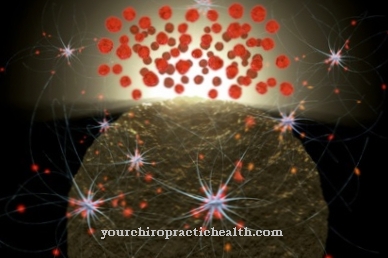
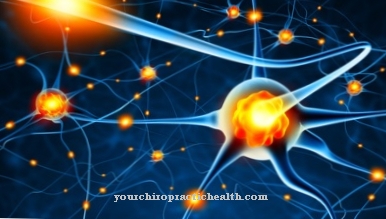
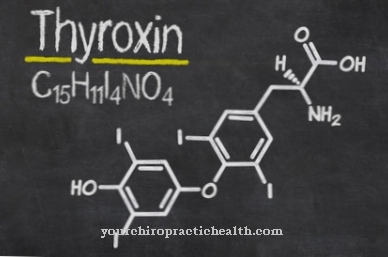


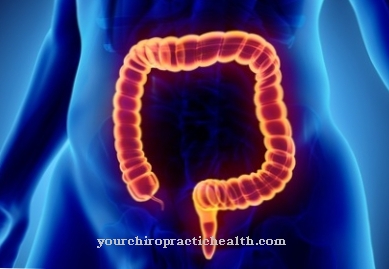

.jpg)


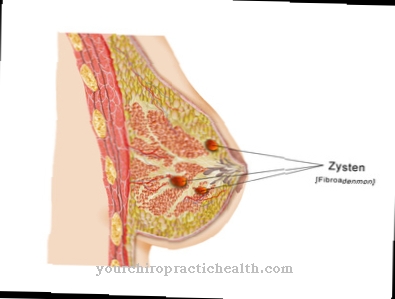



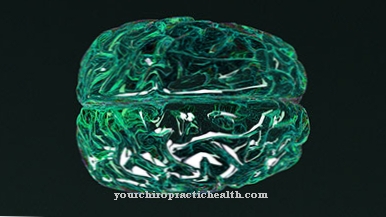
.jpg)



.jpg)
